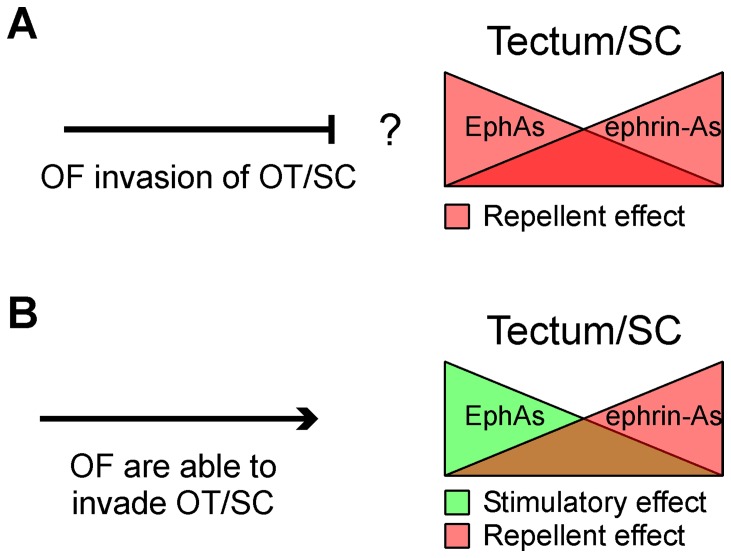Figure 8. General models to account for topographic mapping along the rostro-caudal axis of the retinotectal/collicular system.
In both models (A and B) opposing gradients of ephrin-As and EphAs establish the local addresses in the tectum/colliculus whereas opposing gradients of ephrin-As and EphAs establish the relative sensitivity of axons according to the RGC bodies location. Tectal/collicular ephrin-As inhibit temporal RGCs axon growth and termination zone formation. (A) In this model collicular EphA7 or EphA8 repel nasal RGC axon growth and inhibit termination zone formation. Repellent effect of EphAs on axon growth would prevent RGC axons from invading the colliculus. (B) In our model tectal EphA3 stimulates nasal RGCs axon growth and inhibits termination zone formation. This allows us to explain how RGC axons invade the tectum. Optic fibers (OF), Optic tectum (OT), superior colliculus (SC).

